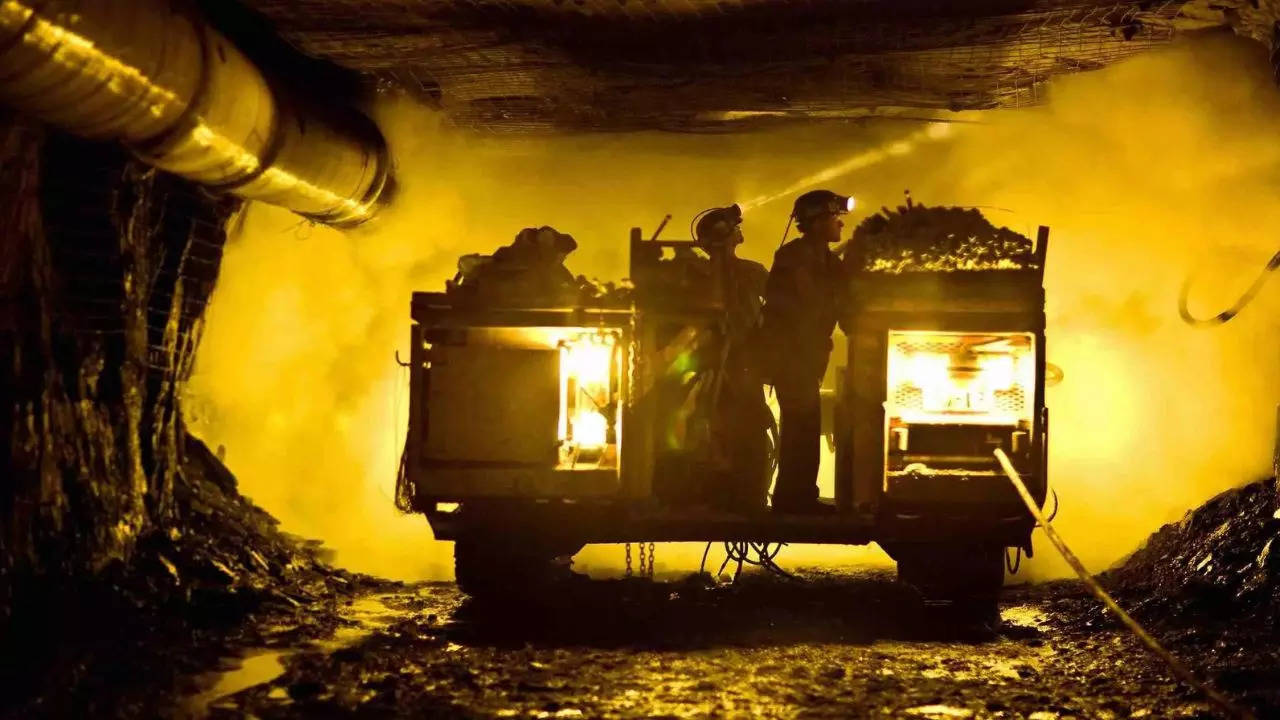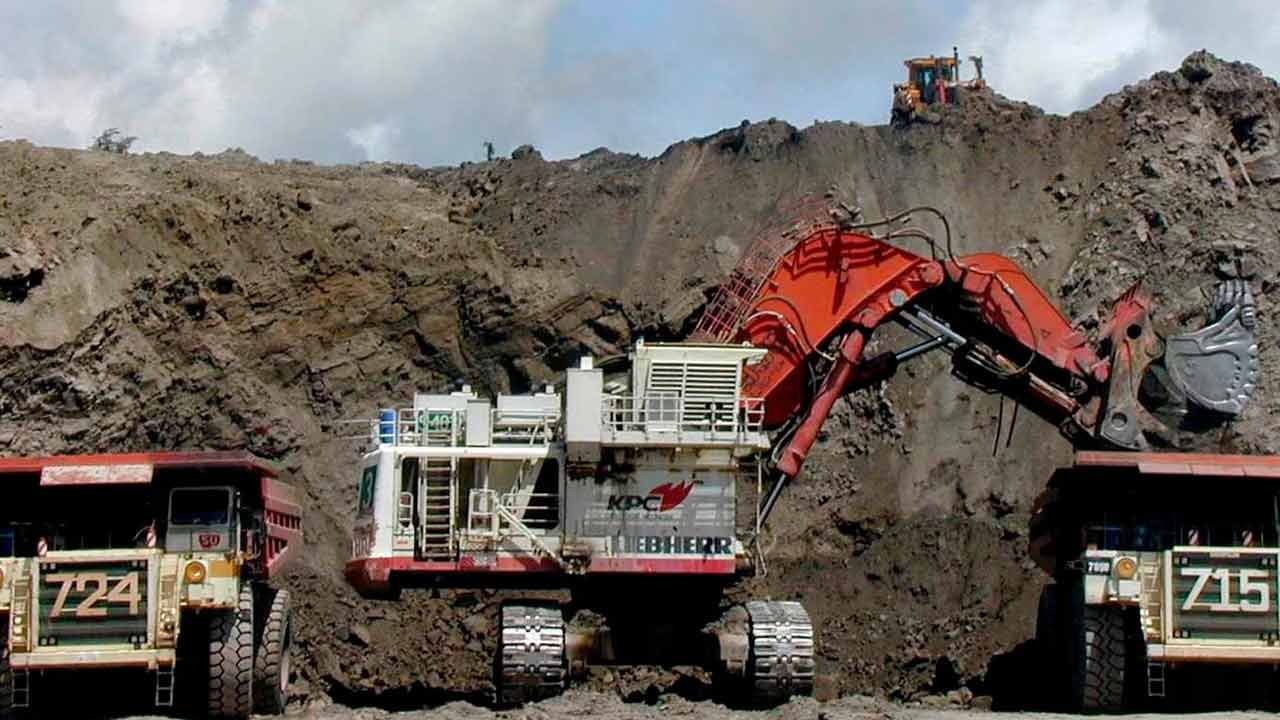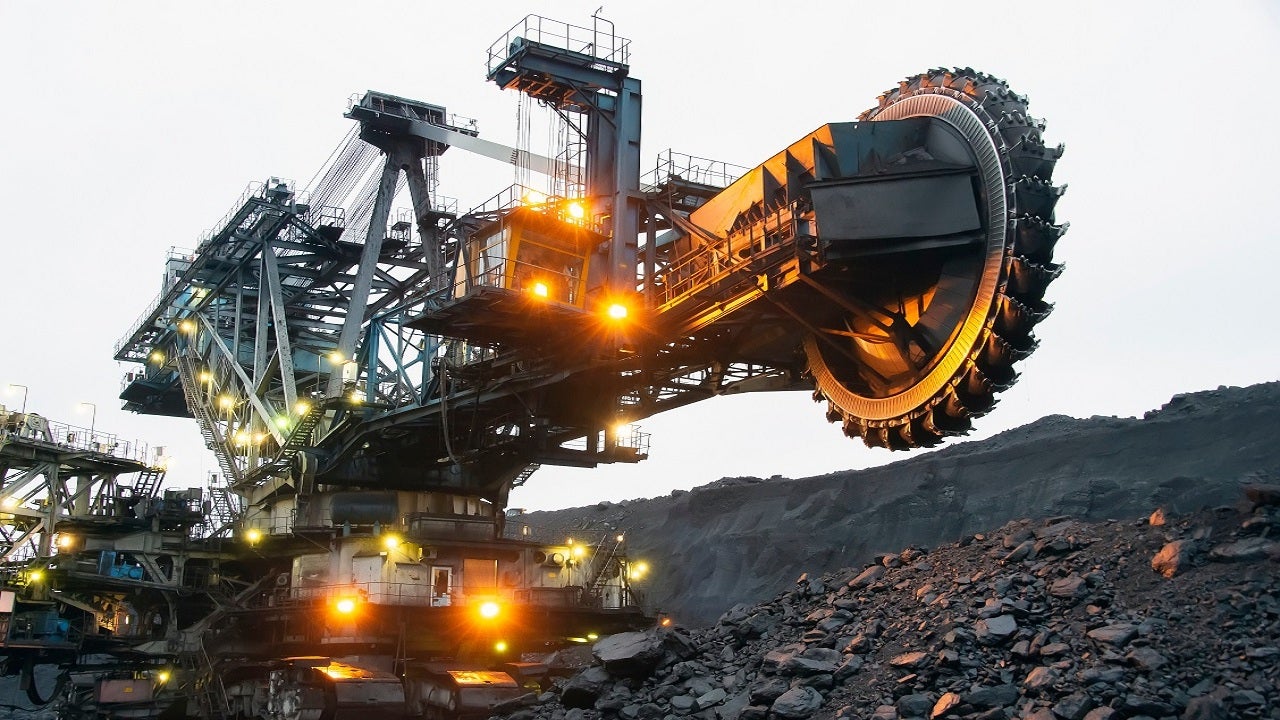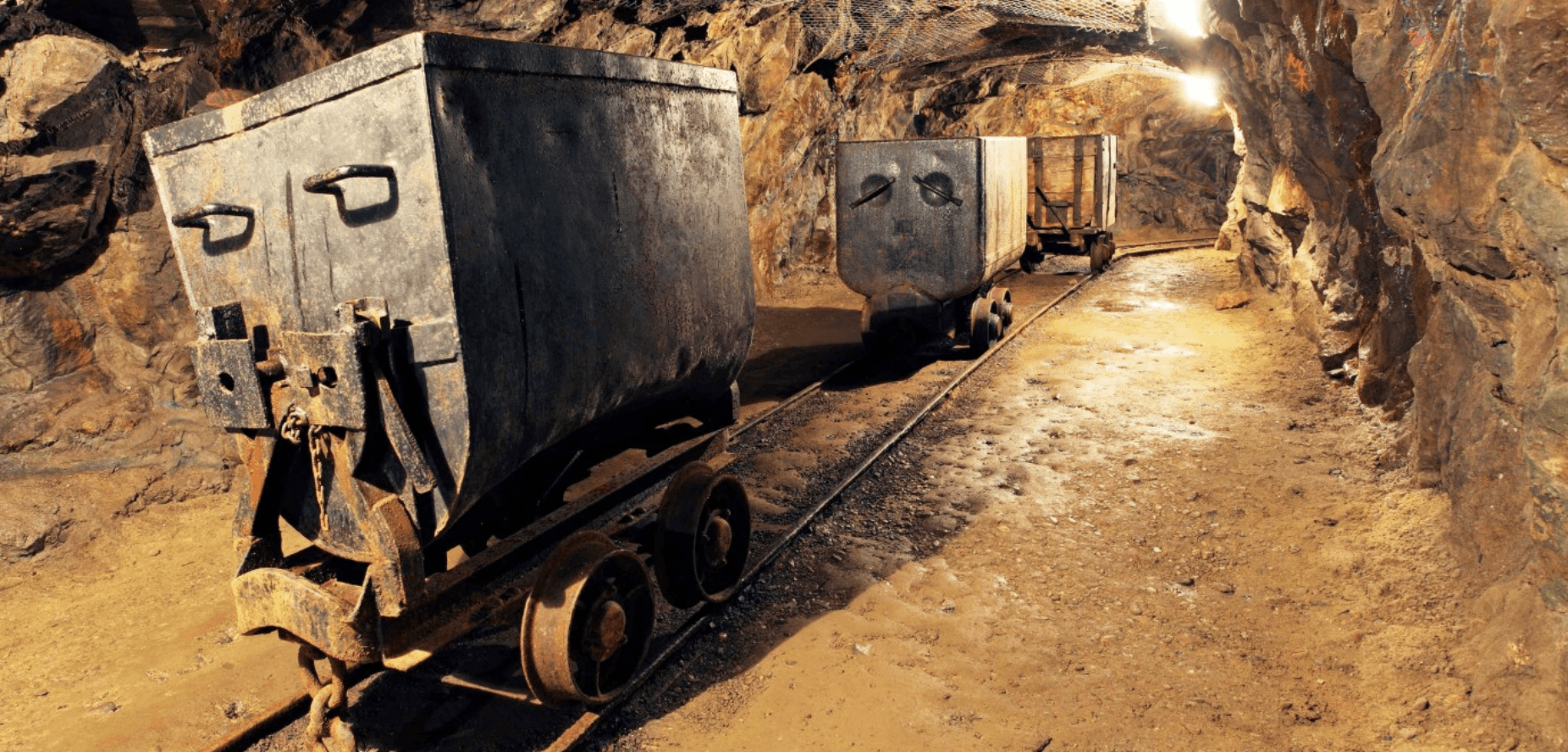India’s August Mineral Production Surges, Boosting Economic Growth 2023

India’s August Mineral Production Surges, Boosting Economic Growth 2023
India’s mineral production has been a significant driver of the country’s economic growth for decades. In August, there was cause for celebration as the country’s mineral production witnessed a remarkable increase of 12.3%. This surge not only signifies a positive trend in the mineral industry but also has far-reaching implications for India’s economy.
India is endowed with abundant mineral resources, which have played a pivotal role in its industrialization and economic development.

According to data released by the Centre on Monday, India’s mineral production climbed by 12.3% in August compared to the same month last year.
According to preliminary statistics from the Indian Bureau of Mines (IBM), the index of mineral output for the mining and quarrying sector for the month of August 2023, at 111.9, is 12.3% higher than the level in the month of August 2022.According to a statement from the mines ministry, there was an overall increase of 8.3% from April to August compared to the same time the previous fiscal year.
The nation produced 684 lakh tonnes of coal, 28 lakh tonnes of lignite, 14.28 lakh tonnes of bauxite, and other materials in the month of August.
Positive increase was seen for minerals including gold, phosphorite, manganese ore, and iron ore.
These minerals are crucial for various sectors, including manufacturing, infrastructure development, and energy production. The 12.3% rise in mineral production in August 2023 reflects a significant increase in the extraction and utilization of these vital resources.
The Indian government has been actively promoting mineral exploration and production through initiatives like the “Make in India” campaign and the “Aatmanirbhar Bharat” (Self-Reliant India) program.

These initiatives have encouraged domestic production and reduced dependency on imports.
Advancements in mining technologies have improved the efficiency and safety of mineral extraction. The adoption of modern equipment and practices has increased productivity, leading to higher mineral production.
India’s ambitious infrastructure development projects, including roads, railways, and smart cities, have driven the demand for minerals such as coal, iron ore, and limestone. The surge in production caters to this demand, supporting the nation’s infrastructural growth.
India has been actively exploring export opportunities for minerals. The rise in mineral production enables the country to meet both domestic and international demands, potentially boosting export revenues.
Investments in research and development in the mining sector have led to more efficient extraction processes, environmental sustainability, and compliance with regulatory requirements.
The mineral sector’s growth directly contributes to the nation’s GDP. A 12.3% rise in mineral production translates into a considerable boost in economic output.The mining industry is labor-intensive, and increased production leads to more job opportunities, especially in rural areas where many mines are located. This helps reduce unemployment and supports livelihoods.

Higher mineral production aids in the construction and maintenance of infrastructure, benefiting both urban and rural regions. This, in turn, supports economic activities in these areas.
Increased mineral exports can help bolster India’s foreign exchange reserves, contributing to economic stability and reducing trade deficits.
Mining activities can have adverse environmental consequences, including habitat destruction, water pollution, and air pollution. Sustainable mining practices and stringent environmental regulations are essential to mitigate these issues.
Rapid extraction of minerals can lead to resource depletion, making long-term sustainability a concern. Proper resource management and conservation strategies are needed to address this issue.
Mining operations often displace local communities. It is crucial to ensure that the benefits of increased mineral production are equitably distributed among affected communities, addressing issues of displacement and livelihoods.
The transportation and logistics infrastructure for moving minerals from mining sites to manufacturing hubs and ports needs continuous improvement to prevent bottlenecks and supply chain disruptions.

The 12.3% increase in mineral production in August is a significant milestone for India’s economy. It underscores the importance of mineral resources in driving economic growth, job creation, and infrastructure development.
However, it is imperative for the government, mining companies, and other stakeholders to ensure that this growth is sustainable and addresses environmental and social concerns.
With proper management and responsible mining practices, India’s mineral sector can continue to be a key contributor to the country’s economic development.




